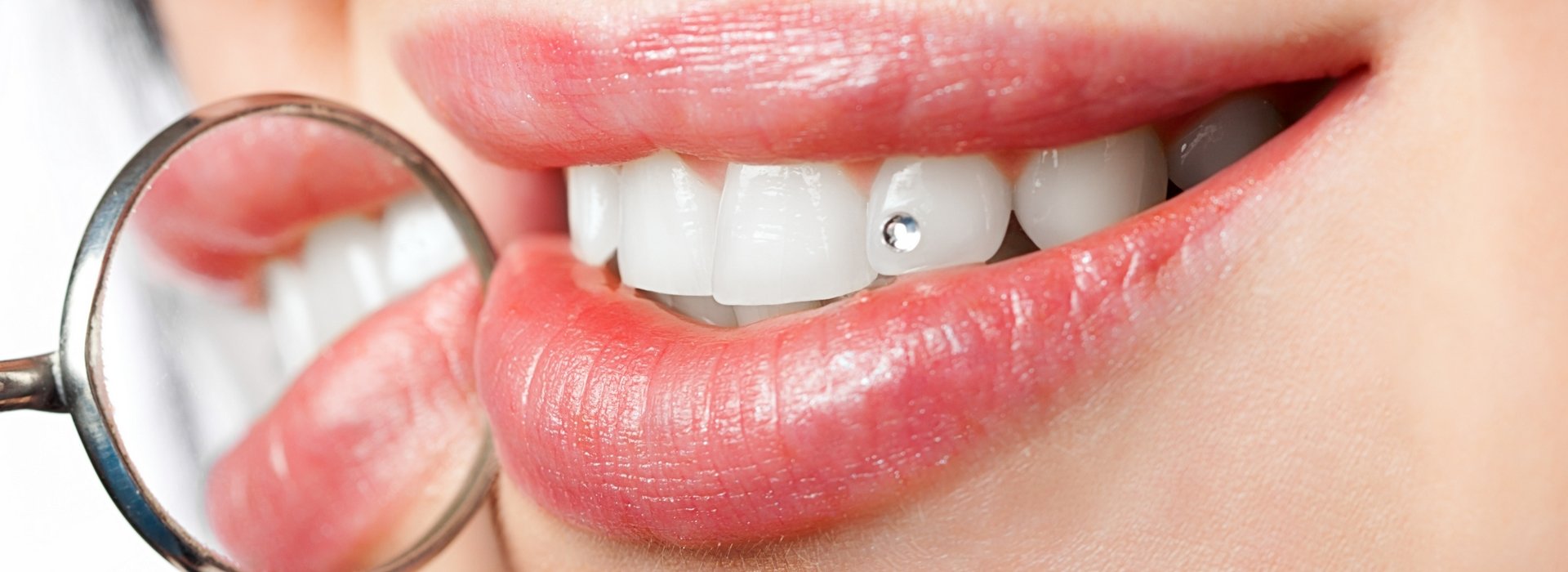

Porcelain veneer is a solution used when tooth whitening is not likely to produce the desired results, but the process is essentially the same in the case of irregularly grown or traumatically damaged teeth, as well as visible enamel problems and discolorations resulting from root canal treatment and gaps in teeth.
There are two types of porcelain veneers: direct and indirect veneers, both of which are made of porcelain. Direct veneers are made by the dentist by using special filling materials, while the latter type is made by dental laboratory technicians, based on the imprint of the tooth which is taken by the dentist.
Porcelain veneer is primarily used for the front teeth, by affixing a thin porcelain layer on the tooth. There is a great deal of planning involved, as with all aesthetic dental treatments. After the grinding of the enamel, an imprint is made, after which a temporary porcelain veneer is affixed. After choosing the exact colour and shape, the final version of the porcelain veneer is applied onto the tooth, by a chemical adhesive. The process in finished by tooth polishing.
Porcelain veneer technology causes the loss of lesser tooth material than traditional crowns, as much less of the tooth is lost to grinding: only the frontal parts of the teeth are ground off. As for the results, perfect restoration is possible both in terms of colour and shape.